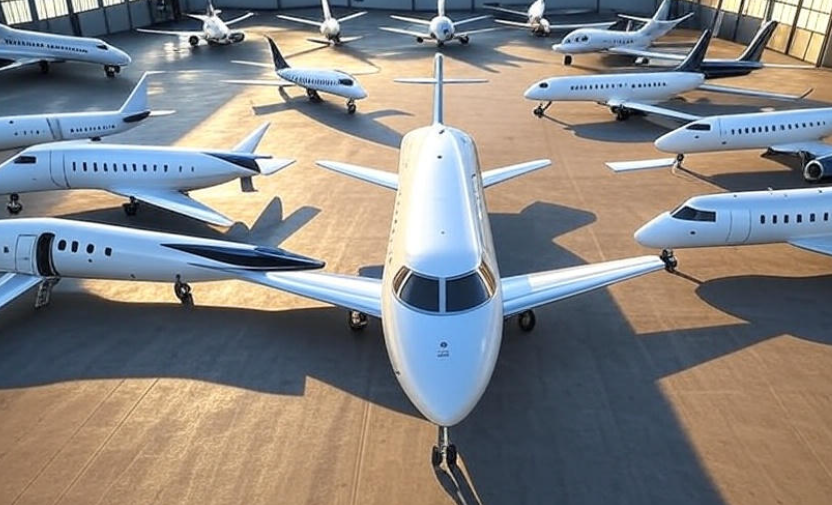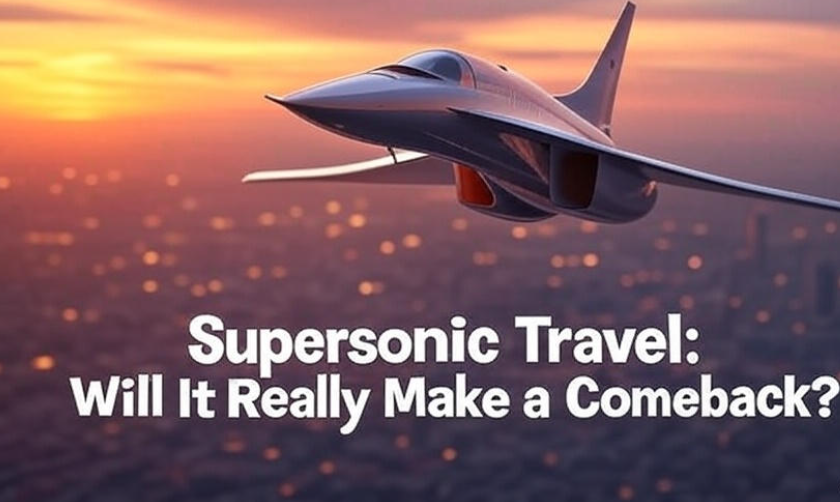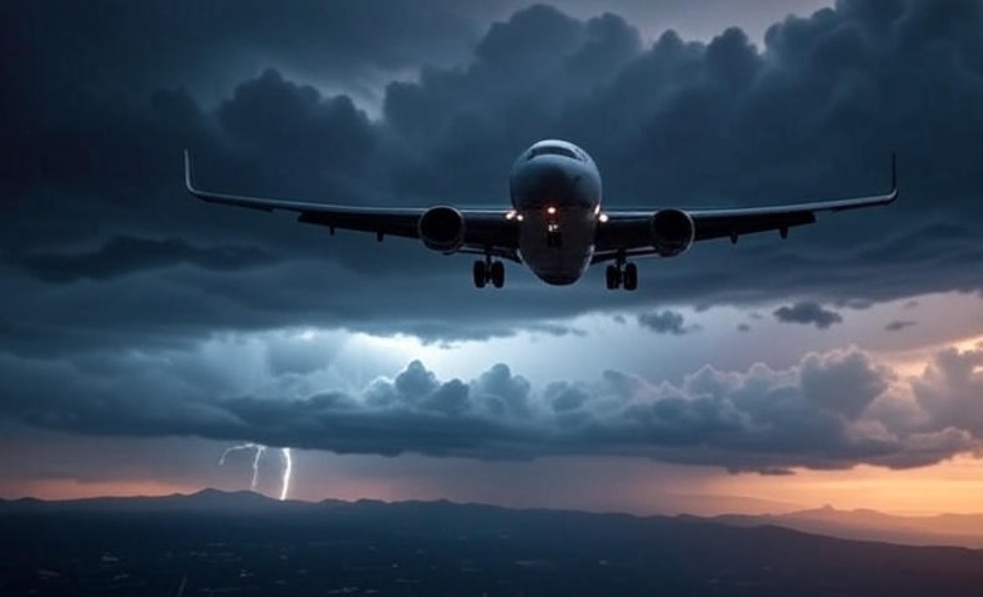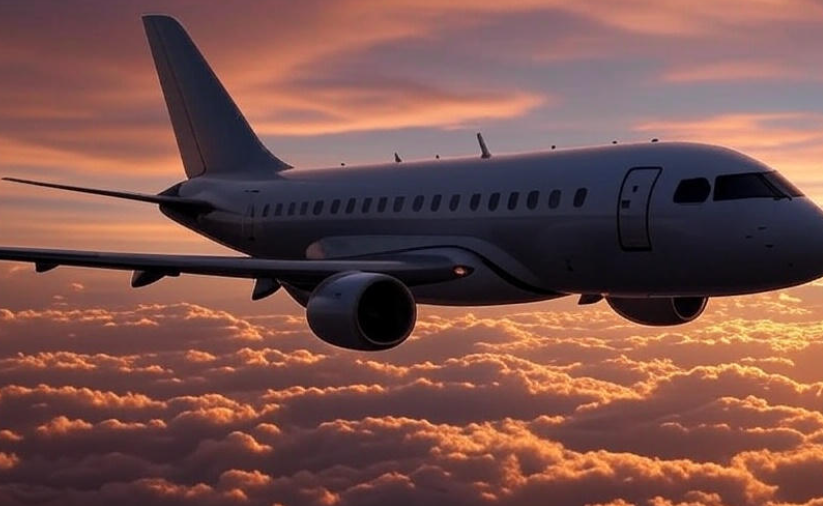Introduction: Why Fuel Efficiency Matters in Aviation
In today’s world, where environmental concerns and rising fuel costs are at the forefront, the aviation industry is under pressure to adopt more fuel-efficient aircraft. Airlines and manufacturers are continuously striving to reduce fuel consumption, lower emissions, and enhance operational efficiency. This article explores the top 8 most fuel-efficient planes currently in service, highlighting their innovative designs and technologies.
1. Boeing 787-9 Dreamliner
The Boeing 787-9 Dreamliner stands out as one of the most fuel-efficient commercial aircraft. Utilizing advanced composite materials, it offers a significant reduction in weight, leading to lower fuel consumption. The aircraft’s sleek aerodynamic design and efficient engines contribute to its impressive fuel economy.
2. Airbus A350-900
The Airbus A350-900 is another leader in fuel efficiency. Its lightweight carbon-fiber structure and advanced aerodynamics reduce drag and fuel burn. Equipped with Rolls-Royce Trent XWB engines, the A350-900 delivers exceptional fuel economy, making it a preferred choice for long-haul flights.
3. Boeing 787-8 Dreamliner
The Boeing 787-8, the smaller sibling of the 787-9, offers similar fuel efficiency benefits. Its use of composite materials and efficient engines results in reduced fuel consumption. The aircraft’s design allows for optimal performance on medium to long-haul routes, balancing capacity and fuel efficiency.
4. Airbus A350-1000
The Airbus A350-1000, the largest variant in the A350 family, maintains high fuel efficiency despite its larger size. Its advanced materials and aerodynamics ensure reduced drag and fuel consumption. The aircraft’s extended range capabilities make it suitable for long-haul international flights.
5. Boeing 787-10 Dreamliner
The Boeing 787-10, the largest model in the 787 series, offers improved fuel efficiency through its efficient design and engines. While it has a higher seating capacity, it maintains a favorable fuel burn rate, making it an economical choice for airlines operating high-density routes.
6. Airbus A220-300
The Airbus A220-300 is a regional jet that excels in fuel efficiency. Its modern design and advanced engines contribute to low fuel consumption, making it ideal for short to medium-haul routes. The A220-300’s performance and efficiency have made it a popular choice among regional carriers.
7. Embraer E195-E2
The Embraer E195-E2 is a regional aircraft that offers excellent fuel efficiency. Its efficient engines and aerodynamic design result in low fuel burn, making it cost-effective for regional operations. The E195-E2’s performance and efficiency make it a competitive option in the regional jet market.
8. ATR 72-600
The ATR 72-600 is a turboprop aircraft known for its exceptional fuel efficiency. Its lightweight design and efficient engines allow for low fuel consumption, making it ideal for short regional flights. The ATR 72-600’s performance and economy have made it a preferred choice for regional carriers.
Comparison Table: Fuel Efficiency of Top Aircraft
| Aircraft Model | Fuel Efficiency (L/100 km per PAX) | Range (km) | Seating Capacity |
|---|---|---|---|
| Boeing 787-9 | 2.31 | 15,000 | 296 |
| Airbus A350-900 | 2.39 | 15,327 | 315 |
| Boeing 787-8 | 2.77 | 13,620 | 242 |
| Airbus A350-1000 | 2.39 | 16,112 | 350 |
| Boeing 787-10 | 2.31 | 11,910 | 330 |
| Airbus A220-300 | Not specified | Not specified | Not specified |
| Embraer E195-E2 | Not specified | Not specified | Not specified |
| ATR 72-600 | Not specified | Not specified | Not specified |
Future Trends in Aircraft Fuel Efficiency
The aviation industry continues to innovate in the pursuit of greater fuel efficiency. Emerging technologies such as hybrid-electric propulsion systems and the development of blended-wing body aircraft promise to revolutionize fuel consumption in aviation. For instance, the Boeing 777-8, with its advanced design, is anticipated to be the most efficient commercial aircraft, offering significant fuel savings.
Conclusion
Fuel efficiency in aircraft is a critical factor for airlines aiming to reduce operational costs and minimize environmental impact. The aircraft highlighted in this article represent the forefront of fuel-efficient aviation technology. As the industry continues to evolve, these models set the standard for future developments in sustainable air travel.
FAQs
Q1: What makes an aircraft fuel-efficient?
An aircraft’s fuel efficiency is influenced by factors such as its weight, aerodynamics, engine technology, and materials used in construction. Lighter materials and advanced engine designs contribute to reduced fuel consumption.
Q2: Are newer aircraft always more fuel-efficient?
Generally, newer aircraft incorporate advanced technologies and materials that enhance fuel efficiency. However, operational practices and maintenance also play significant roles in overall fuel consumption.
Q3: How do fuel-efficient aircraft benefit airlines?
Fuel-efficient aircraft reduce operating costs by lowering fuel consumption, leading to significant savings over time. They also help airlines meet environmental regulations by reducing emissions.
Q4: Can fuel-efficient aircraft operate in all weather conditions?
Yes, modern fuel-efficient aircraft are designed to operate safely and efficiently in various weather conditions, including adverse weather. Their advanced systems ensure optimal performance and safety.
You may also like: 10 Cutting-Edge Aircraft Technologies to Watch
Q5: What is the future of fuel-efficient aircraft?
The future of fuel-efficient aircraft lies in the development of sustainable aviation fuels, hybrid-electric propulsion systems, and innovative aircraft designs. These advancements aim to further reduce fuel consumption and environmental impact.
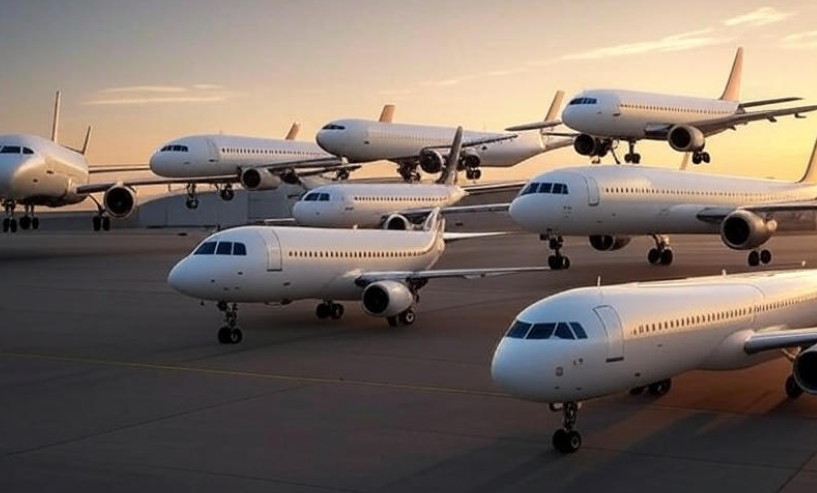
Q6: How can passengers benefit from flying in fuel-efficient aircraft?
Passengers can benefit from flying in fuel-efficient aircraft through potentially lower ticket prices, reduced environmental impact, and enhanced travel experiences due to newer, more comfortable aircraft designs.
Q7: Are fuel-efficient aircraft more expensive to purchase?
While the initial purchase price of fuel-efficient aircraft may be higher due to advanced technologies, the long-term savings in fuel costs can offset the investment, making them cost-effective over their operational lifespan.
Q8: Do all airlines operate fuel-efficient aircraft?
Not all airlines have fully transitioned to fuel-efficient aircraft. However, many major airlines are incorporating these models into their fleets to improve efficiency and meet environmental goals.
Q9: How can airlines improve fuel efficiency beyond aircraft selection?
Airlines can enhance fuel efficiency by implementing optimized flight routes, reducing aircraft weight, maintaining engines properly, and training pilots in fuel-efficient flying techniques.
Q10: Will fuel-efficient aircraft become the standard in the future?
As environmental concerns and fuel costs continue to rise, it is likely that fuel-efficient aircraft will become the standard in the aviation industry, driving further innovation and sustainability.

